Prepare for lift-off: luggage behemoth Rimowa reveals aviation project

For decades, German luggage company Rimowa has been the go-to brand for aluminium suitcases combining an iconic aesthetic with durable quality. Now, the company (which has long focussed on versions of its star product without branching much further) embarks on a new, incredibly ambitious venture: they want to give you the luggage and also the plane to take it onto.
The company’s CEO Dieter Morszeck (grandson of Rimowa founder Paul Morszeck) presented the newly rebuilt Junkers F13, part of Rimowa Flugzeugwerke’s fleet, at Oshkosh (Wisconsin), during EAA AirVenture, the world’s biggest air show.
The first all-metal plane in civil aviation (at a time when planes were made of wood and canvas), the Junkers is considered by experts to be the mother of all commercial aircraft. It was launched in 1919 and marked a memorable moment in aviation history – so much so that its design inspired Morszeck’s father to use the same ridged aluminium material for his company's suitcases, which have since become the most iconic luggage in the world.
A keen pilot himself, Morszeck had been dreaming of bringing the F13 back to life, and has allowed his passion to run deep into the project. ‘We think that the F13 shows our heritage,’ he explains. ‘It is something really special – it gives you the feeling of the 1920s, the adventure of travelling.’
Rimowa Flugzeugwerke
is currently in its exploratory phase, with an inaugural flight expected in March 2016 and delivery of the first planes (which will be produced on a by-order basis) later that year. The aircraft will be assembled in Switzerland by a small team of engineers, mechanics and craftsmen, with the same handmade methods and attention to detail as in their original guise. Construction will be as faithful as possible to the original, with minimal adjustments to make the aircraft suitable to contemporary flying and air safety standards.
The plane will be able to fly a range of just under 600km. There will be space for two people in the open cockpit and a further four passengers at the rear, an experience which Morszeck likens to driving a small convertible – a fun, experiential indulgence.
‘We are not driven by numbers, we are driven by passion,’ explains Morszeck, for whom this project is both a personal dream come true and an exploration of what his company can do, rather than a financial opportunity. ‘We like,’ he concludes, ‘to be the best.’
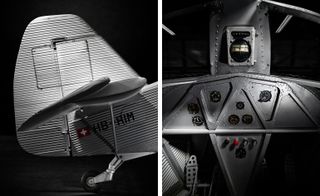
‘We think that the F13 shows our heritage,’ says company CEO Dieter Morszeck. ‘It is something really special – it gives you the feeling of the 1920s, the adventure of travelling’
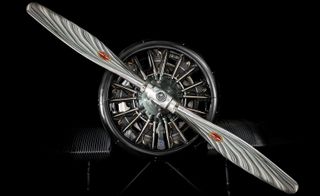
The plane is powered by a Pratt & Whitney R-985 engine with Hamilton Standard propeller. The motor will offer a performance of 450 horsepower

A detail of the open cockpit

The back of the plane will accommodate four passengers
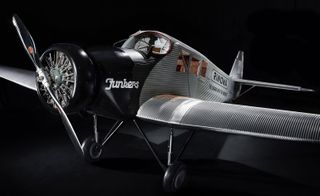
The first all-metal plane in civil aviation (at a time when planes were made of wood and canvas), the Junkers is considered by experts to be the mother of all commercial aircraft

The original plane was inaugurated in 1919 and marked a memorable moment in aviation history...

.. .so much so that its design inspired Morszeck’s father to use the same ridged aluminum material for the Rimowa suitcases, which have since become the most iconic luggage in the world
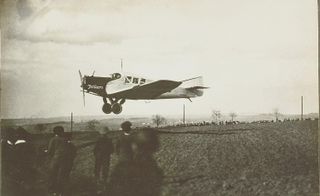
A keen pilot himself, Morszeck had been dreaming of bringing the F13 back to life

The planes will be assembled in Switzerland by a small team of engineers, mechanics and craftsmen, each handmade with the same methods and attention to detail used in the 1920s
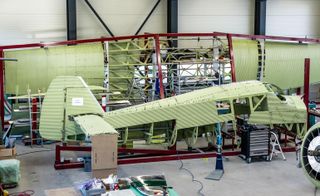
Its construction will be as faithful as possible to the original, with only minimal adjustments to make the aircraft suitable for contemporary flying standards
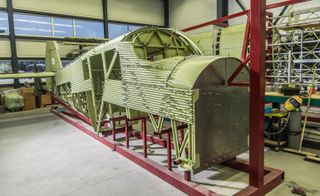
The plane is made entirely of duraluminium, the same material used for the suitcases
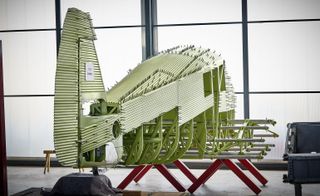
An work-in-progress image of the plane, which is being hand-assembled in Switzerland
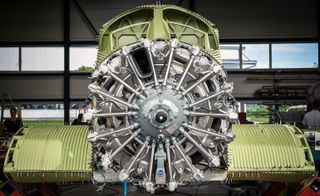
A detail of the Pratt & Whitney R-985 engine, at the workshop where the plane is assembled
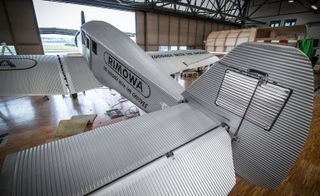
Rimowa Flugzeugwerke
is currently in its exploratory phase, with an inaugural flight expected in March 2016 and delivery of the first planes (which will be produced on a by-order basis) later that year
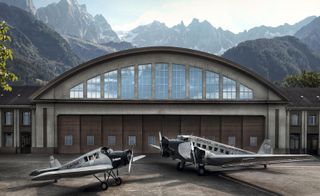
The plane will be able to fly for 20 minutes at the time. There will be space for two people in the open cockpit and a further four passengers at the rear, an experience which Morszeck likens to driving a small convertible
Wallpaper* Newsletter
Receive our daily digest of inspiration, escapism and design stories from around the world direct to your inbox
Rosa Bertoli was born in Udine, Italy, and now lives in London. Since 2014, she has been the Design Editor of Wallpaper*, where she oversees design content for the print and online editions, as well as special editorial projects. Through her role at Wallpaper*, she has written extensively about all areas of design. Rosa has been speaker and moderator for various design talks and conferences including London Craft Week, Maison & Objet, The Italian Cultural Institute (London), Clippings, Zaha Hadid Design, Kartell and Frieze Art Fair. Rosa has been on judging panels for the Chart Architecture Award, the Dutch Design Awards and the DesignGuild Marks. She has written for numerous English and Italian language publications, and worked as a content and communication consultant for fashion and design brands.
-
 Space Un celebrates contemporary African art, community and connection in Japan
Space Un celebrates contemporary African art, community and connection in JapanSpace Un, a new art venue by Edna Dumas, dedicated to contemporary African art, opens in Tokyo, Japan
By Nana Ama Owusu-Ansah Published
-
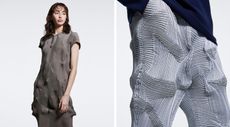 Get to know Issey Miyake’s innovative A-POC ABLE line as it arrives in the UK
Get to know Issey Miyake’s innovative A-POC ABLE line as it arrives in the UKAs A-POC ABLE Issey Miyake launches in London this week, designer Yoshiyuki Miyamae gives Wallpaper* the lowdown on the experimental Issey Miyake offshoot
By Jack Moss Published
-
 Eurovision unveils its 2024 stage, designed by Beyoncé's Renaissance Tour creatives
Eurovision unveils its 2024 stage, designed by Beyoncé's Renaissance Tour creativesThis year's stage design aims to bring the audience into the performance more than ever before.
By Charlotte Gunn Published